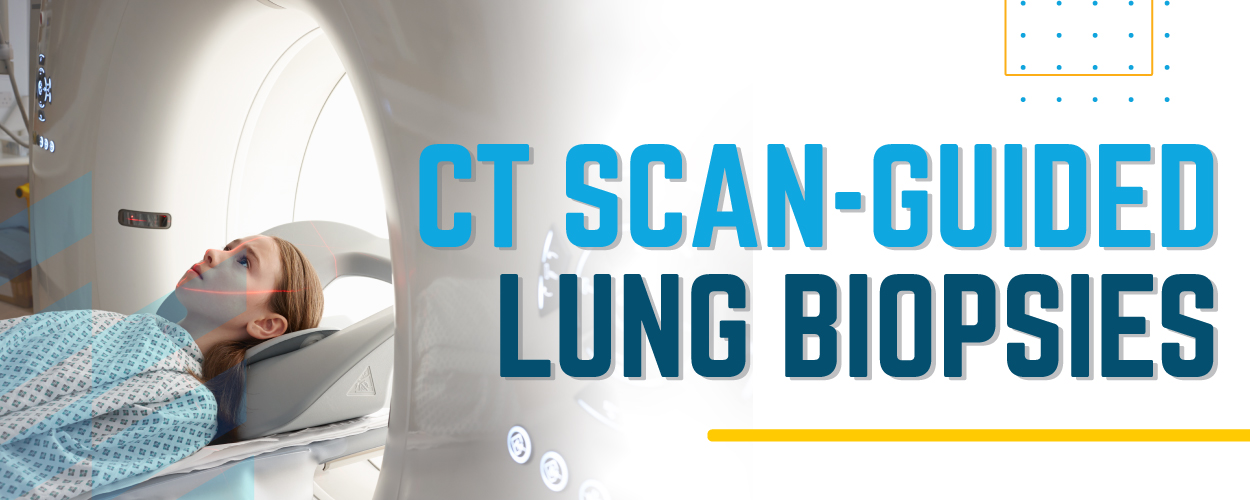CT scan (computed tomography), guided lung biopsies play a pivotal role in unraveling the mysteries concealed within lung nodules. These abnormal areas of shadow on the lungs, often detected through chest X-rays or CT scans, necessitate further investigation to determine their nature, especially when lung cancer is suspected. This is where the expertise of radiologists and the assistance of modern technology come into play.
Unveiling the Procedure
On the day of the CT scan-guided lung biopsy, patients are asked to abstain from eating or drinking for at least six to eight hours before the procedure. It’s crucial to inform the medical team about any medications that might thin the blood. Once on the CT scanner table, patients receive medication to induce relaxation. The radiologist, specialized in imaging, cleans the skin, places a sterile drape, and numbs the area. Using the CT scanner, a needle is meticulously guided through the chest wall into the lung nodule, extracting multiple tissue samples.
What to Expect Post-Procedure
Following the biopsy, patients are observed by nurses for routine monitoring. Simultaneously, a pathologist scrutinizes the extracted tissue under the microscope for a conclusive diagnosis. In some instances, additional procedures like surgery or bronchoscopy may be required if a definitive diagnosis is elusive. If the nodule is cancerous, patients are typically referred to oncologists and/or surgeons, while other causes may prompt prescribed medication for underlying issues like infection or inflammation.
Weighing the Risks
While CT scan-guided lung biopsies are less invasive compared to alternative tissue extraction methods, they are not devoid of risks. A minimal number of patients might experience an air leak caused by the needle, leading to a hole in the lung. Although such leaks often self-heal, larger leaks may necessitate intervention, such as inserting a tube to drain the air. Additionally, the procedure introduces a slight risk of infection, potentially requiring antibiotic treatment. Like many invasive procedures, there’s a small chance of bleeding, which could if severe necessitate a blood transfusion.
CT scan-guided lung biopsies are instrumental in the early detection and diagnosis of lung nodules, paving the way for timely and effective treatment. By supporting TB Vets, you become an essential part of the mission to enhance respiratory health in BC. Join us in making a difference—your donation can be a breath of fresh air for those in need. Together, let’s breathe life into the future of respiratory care.


